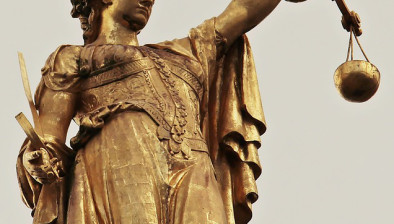Decision to dispense with judicial garb comes in for criticism

Lord Carloway
Judges are to dispense with wigs and robes in a decision that has been criticised as unwise given Scotland’s “past-oriented, uncodified, system of law”.
Judges sitting in the Outer House of the Court of Session will stop wearing wigs and robes from next month, except when presiding over a hearing which involves the testimony of witnesses, the Lord President, Lord Carloway announced.
Nor will lawyers appearing in the Outer House be expected to wear wigs or gowns. The Inner House dispensed with judicial garb in 2014.
Lord Carloway said: “If, however, a judge determines that special circumstances exist which make it appropriate to wear a wig and judicial robe, that will be intimated to practitioners in advance of the hearing.”
John Cairns, professor of civil law at Edinburgh University, told Scottish Legal News that the decision was “difficult to understand”, just as it was in the case of the Inner House.
He added: “The dress of judges and advocates was, of course, a symbol supporting their authority and position.”
He explained that an advocate’s wig and gown were “traditionally thought sufficient to support his or her claim to speak for their client without producing proof of mandate or letters of procuration”.
“It is presumably justified by some such idea as ‘modernisation’; but this is so vague an idea, that it is an insufficient explanation. What this does is cut a link with the past. Given our past-oriented, uncodified, system of law, one may wonder whether it is wise.”
Professor Cairns continued: “Much of the constitution, bruised though it currently is, is based on tradition and respect for the past as the basis for the security of the future and the liberty of the subject.
“Cutting free from the past, reducing the dignity of offices and occasions, is a dangerous thing, and renders the future even less calculable.”










